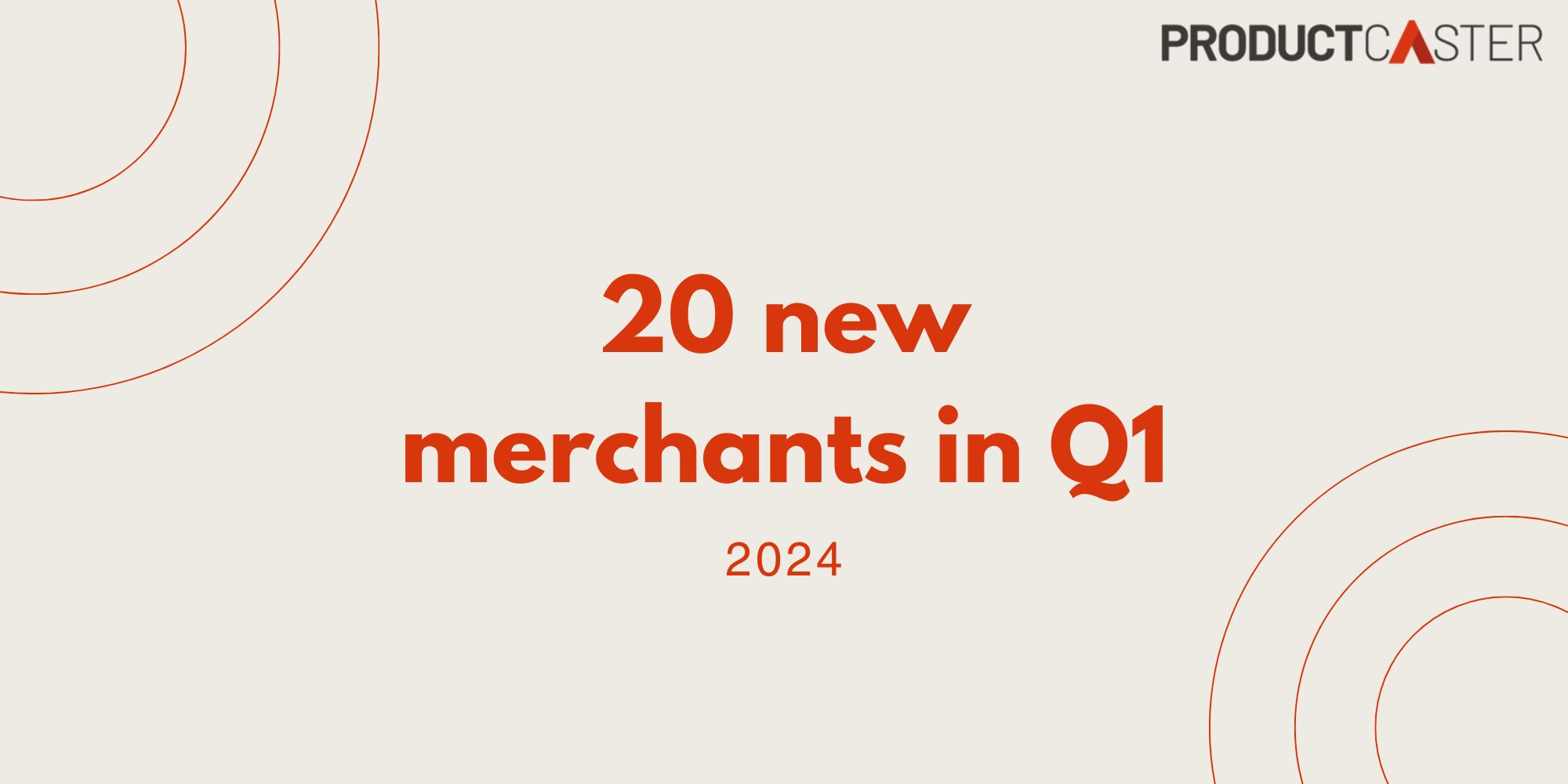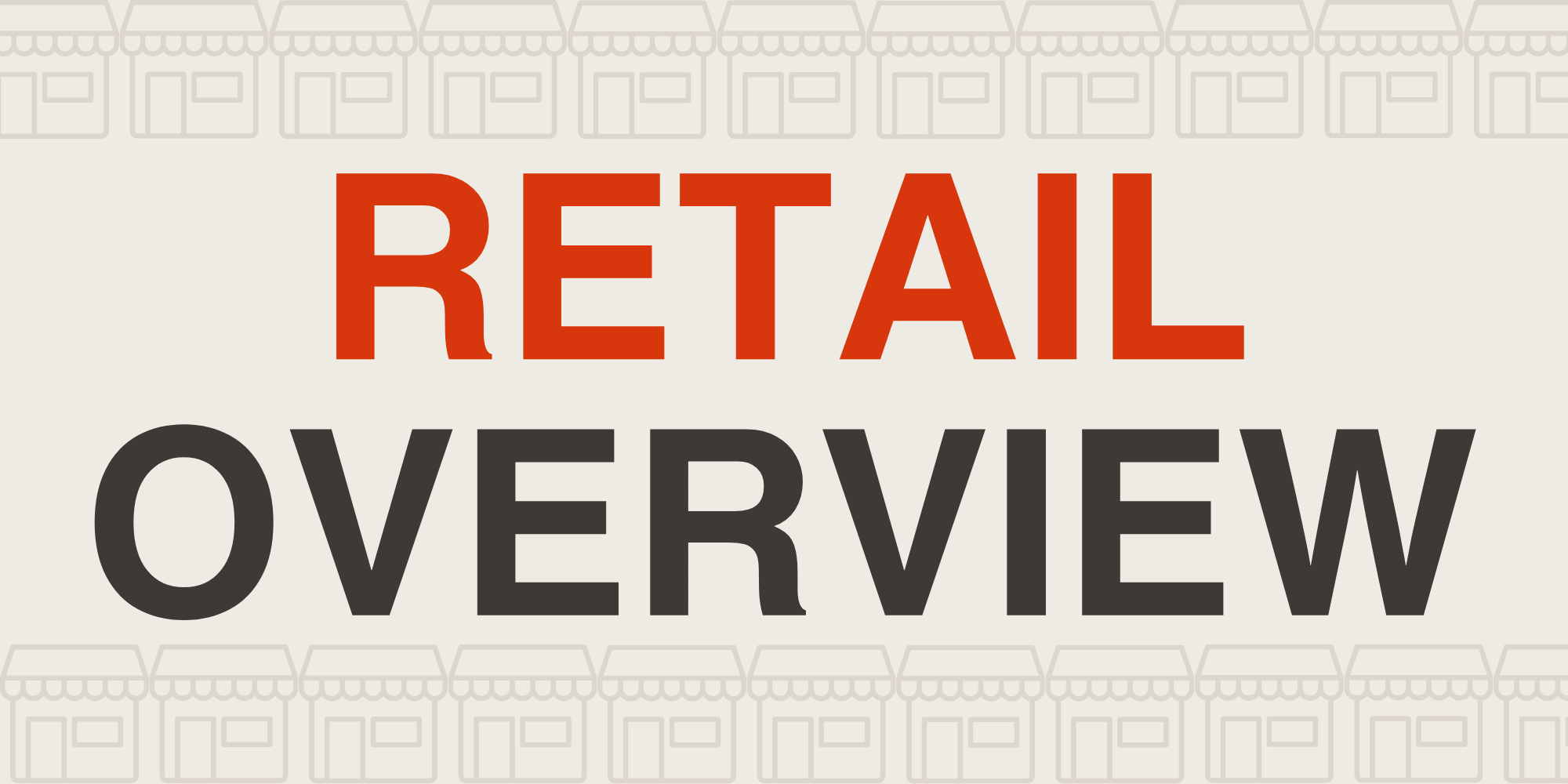The UK cost of living crisis is in full swing. The war in Ukraine, COVID-19 battle scars, rising energy costs, spiraling inflation, rising interest rates… there’s no wonder that the consumer mindset is one of caution.
This isn’t to say that people have stopped buying. Far from it, as a survey from Experian shows that although most consumers are mindful of the increase in costs, a ‘significant proportion’ of the population still intend to carry on spending as normal or only cut back slightly.
The key message seems to be that consumers are being more mindful of where they splash the cash, which means more research, more exploration, and less spontaneity.
What does this mean for online retailers?
This need to spend wisely means that there is a far longer path to purchase for retailers to negotiate. In Google-speak, there is a ‘messy middle’ of complicated touchpoints, where customers get into a loop of exploration and evaluation before popping out (at any point in the process) to purchase.
Retailers need to capture and keep the attention of their customers throughout the whole process. Providing the right information, presented in an understandable way, and easy to find (i.e. great quality SEO optimised content) is vital to ensuring consumers pop out to purchase with you.
While slow economic growth and rising prices have prompted many people to actively pause on large cost purchases, smaller luxury items like make-up are still selling, according to Murray Lambell, UK general manager at eBay. In addition, it is clear that there are still some categories that remain in demand. For example, as sustainability climbs the agenda, vintage furniture and secondhand clothing are in demand (RetailX Top 500 Report 2023).
How do online retailers keep the attention of customers
According to successive ONS Retail Sales reports, consumers are starting to return to the high street, thanks to the receding threat of the pandemic and the effect of industrial action on online deliveries.
So, what actions do online retailers need to take to keep and grow their market share?
The strategies behind the tactics
Before we talk about the practical tactics, we need to understand the underpinning strategies that are going to guide business growth.
1.Smart full-funnel strategy
Marketing funnels traditionally start with the awareness stage at the top and end with conversion (purchase) at the bottom. Marketing funnels are linear, but customer journeys are not. The ‘messy middle’ means that many shoppers research, explore, evaluate, and discover all at the same time, across multiple channels. Build your content to engage with customers at their stage of the journey - blogs, display ads, sponsored content, remarketing.
2. Create connections with consumers
Authenticity has become a buzz word but doesn’t mean it’s any less important to your marketing strategy. With so much choice and competition in the online space, you need to create a strong brand in order to stand out and stop the online scroll in its tracks. People buy from people, so share your human side. Captivate with your content, inspire with your results, and be consistent with your values.
3. Build trust first, sell later
Focusing on building long lasting relationships and fostering brand loyalty is the key to increasing the lifetime value of customers and growing your business (The Consumer Trends Index 2023). Show consumers why they should shop with you and reward them for doing so - loyalty and affiliate programmes, personalised content, and offers. As 59% of consumers are prepared to pay more to purchase from their preferred brands, creating that loyalty is vital to increasing sales.
Sell the way they want to shop
We’ve already mentioned that delivery options can have a real impact on online shopper decision making, but how else can you move the needle in your favour? Selling to consumers the way they want to shop is the only way to grow
1.Functional ecommerce sites for smartphones
Mobile optimisation is essential for a frictionless user experience. Make it as easy as possible for consumers to find what they are looking for, without any design or functionality barriers getting in the way. Bigger buttons, smaller images, auto-fill forms, and relevant content optimised for SEO.
2. Live commerce
Selling specific products through an online livestream broadcast can catapult consumers from the awareness stage to purchase. It gives consumers the opportunity to ask questions about the products, get to know the brand, and access to on-the-spot promotions. If it’s done well, it’s a great way of raising brand profile and awareness, and is a growing trend on platforms such as TikTok, as well as through retailers own websites. Analysis by McKinley indicates that live commerce could account for as much as 20% of all e-commerce by 2026.
3. Easy to find and access
Using Google Shopping ads is still one of the best ways of getting visibility for your products. There are over 3.5bn searches per day on Google, and Shopping Ads massively outpace standard search ads overall. And by using a 3rd party Comparison Shopping Service (CSS), like Productcaster, could help you save up to an additional 20% on your marketing spend (compared to PLAs serviced by Google), meaning you can invest in even more bid auctions.
With Google’s latest AI powered tech - PMax - you can increase your reach even further, getting in front of the right people at the right time, every time.
How are we helping our clients
What’s the good in having all these strategies and tactics in place if nobody can find you? At Summit and Productcaster, we are retail performance marketing experts. Our client roster currently includes 31 of the RetailX UK Top500 retailers, and we are both a Google Premium CSS Partner and Google Premier Partner agency, one of the only businesses in the UK to hold both accreditations.
It’s this close association with Google that has enabled us to get PMax up and running so quickly with so many of our clients. This optimisation of their shopping campaigns has created some amazing results, such as a 70% increase on ROI for an online jewellery retailer.
We also have Productcaster CSS and FeedManager technology which ensures that our clients have the best, more efficient and effective tools at their disposal. Productcaster CSS is the largest in Europe with over 3bn products listed. We’re proud that ads served by Productcaster have had over 101m clicks in the last 30 days, and 12.1bn impressions, creating amazing ROI for our clients.
Want to be part of something bigger? To find out how you can switch your CSS and feed management to Productcaster, drop us an email to info@productcaster.com.








